To read the full Janet’s Journal, “Anti-gravity gardening: Planting on a hill,” pick up a copy of Michigan Gardener (in stores by Sept 5) or check out page 32 in our e-edition of the September/October Issue.
Stones meant to slow water’s fall, reinforce or retain a hill
should not sit on the surface where they can slip.
In the series above, a stone placed on a step cut to lean back into the hill. The next stone also leans back, and its face is set back away from vertical. Given stones stacked across the face of the hill, this setback would create a “battered” retaining wall. A batter of 1” back for each 12” rise stabilizes a retaining wall.
At the Royal Botanical Garden in Edinburgh, Scotland, this 1.75:1 slope (57 percent) features artistically placed boulders but the main retainers are plants.
Those of us who garden on relatively flat lands may gape at how slopes are handled in hillier regions. Once you know something about terracing, you may focus as much on the ways this feat is accomplished as on the unusual plants you see in faraway places. Residents’ attitudes toward hills and their skill in dealing with them can be worth note, too. That is, the residents of up-and-down neighborhoods in the foothills of California’s San Bernardino Mountains regularly stabilize long, steep hills solely with plants such as these rambler roses and honeysuckle vines.

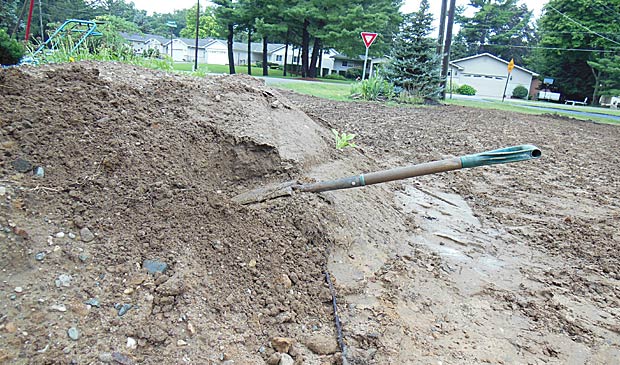
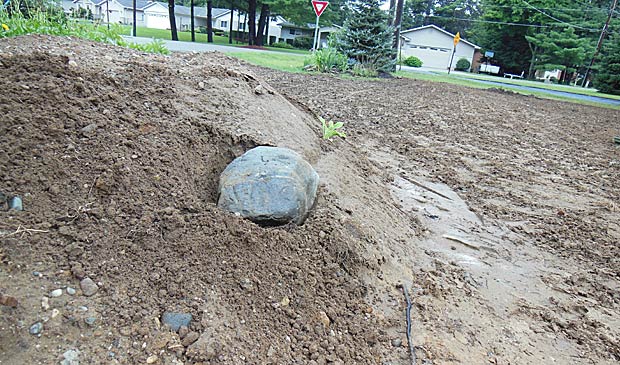
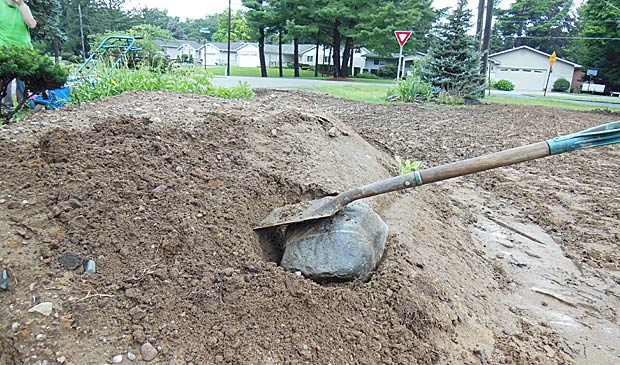
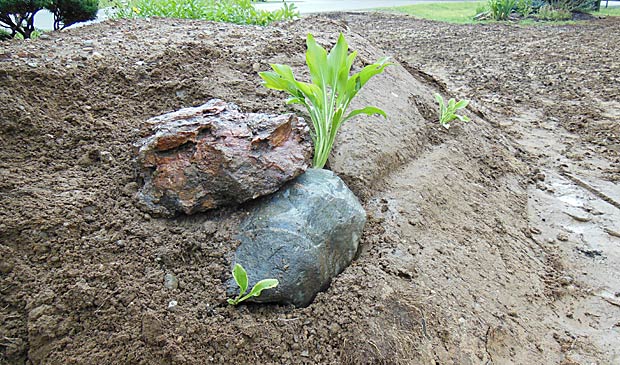
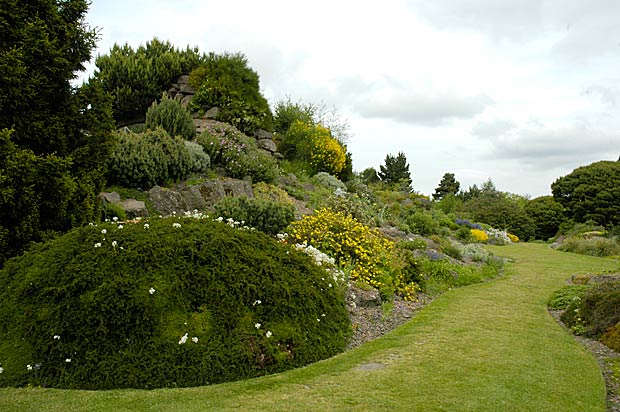
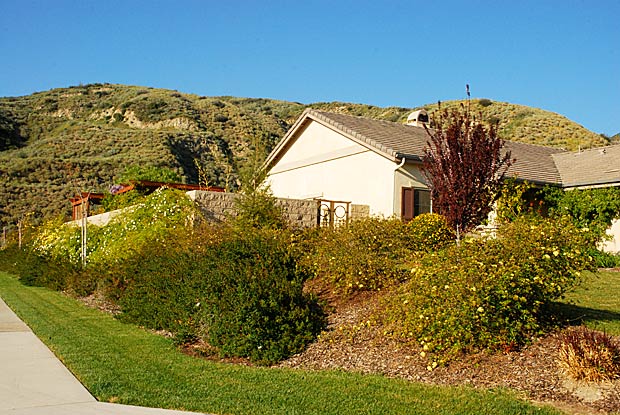
Leave a Reply